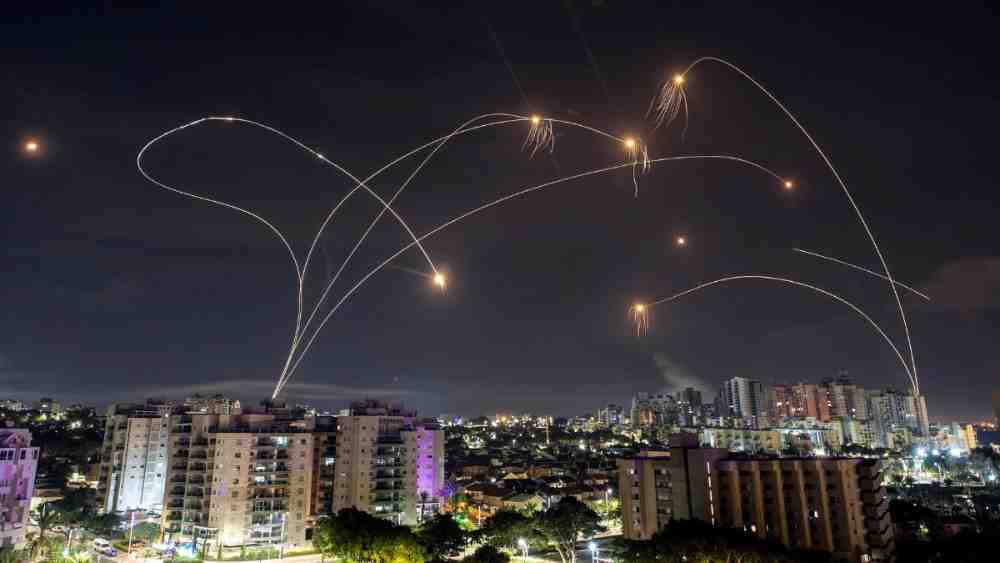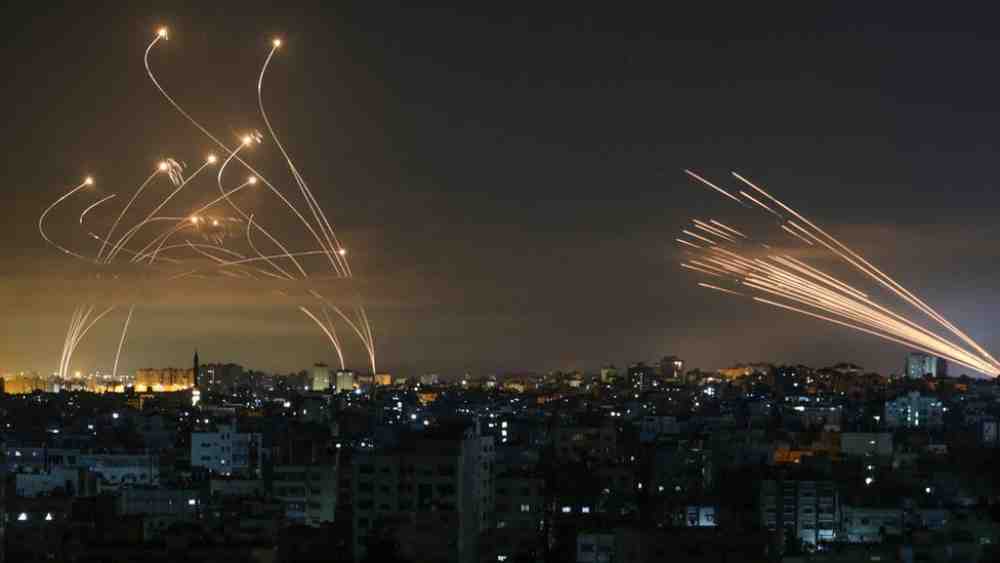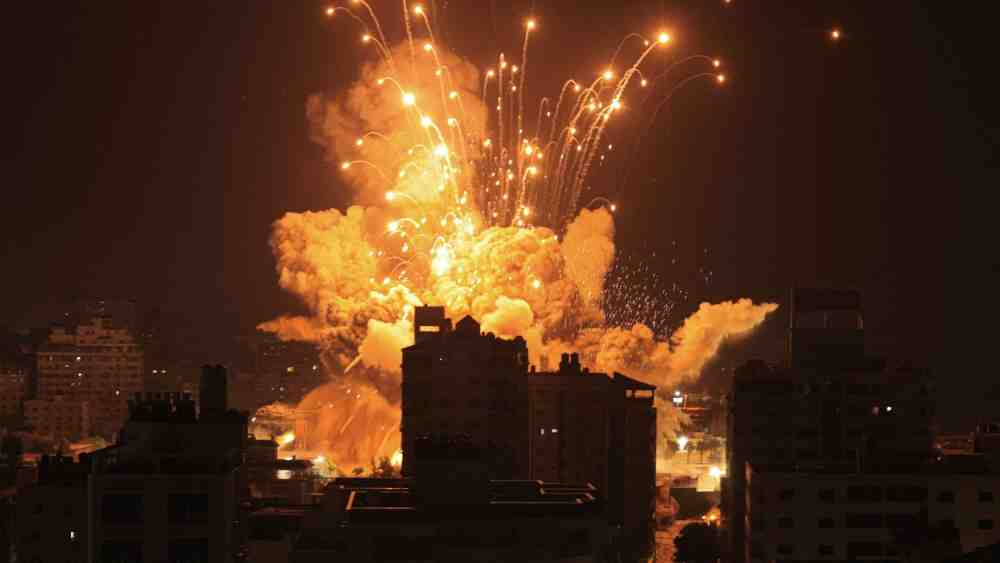
In the midst of an ongoing conflict between Israel and the Palestinian militant group Hamas, the nation once again turns to its formidable defence system, the Iron Dome, to safeguard its citizens against rocket attacks. This article explores the critical role played by the Iron Dome, its operational details, the strong support it receives from the United States, and the potential challenges it faces in the face of evolving threats.
The Iron Dome’s Crucial Role
The Iron Dome, known as “Kippat Barzel” in Hebrew, has become one of the cornerstones of Israel’s defence strategy. Its significance lies in its remarkable effectiveness, which has been evident in recent confrontations. During a weekend surge of fighting in Gaza, the Iron Dome successfully intercepted a staggering 97% of Palestinian rockets, while it achieved a 95.6% success rate in repelling a rocket attack launched by the Palestinian Islamic Jihad, a group designated as a terrorist organisation by multiple countries.

Developed by Israel’s state-owned Rafael Advanced Defense Systems, with substantial backing from the United States, the Iron Dome became fully operational in March 2011 and has since undergone several significant upgrades. The system is designed to protect Israeli citizens by launching guided missiles to intercept incoming rockets and other short-range threats while they are still in mid-air.
Operational Dynamics of the Iron Dome
The Iron Dome operates by utilising advanced radar technology to track incoming rockets, assessing whether they pose a threat to strategically important sites or populated areas. If a rocket is deemed a threat, the command and control centre can launch a Tamir missile to intercept it. Importantly, the system is configured not to fire upon rockets heading for unpopulated areas, ensuring they land harmlessly elsewhere.

Each Iron Dome battery is designed to defend a 60-square-mile populated area. Within each battery, there are three to four launchers, and each launcher contains up to 20 Tamir interceptors. The system is capable of intercepting rocket launches from distances ranging from 2.5 to 43 miles away. However, it’s important to note that the Iron Dome does have its limitations.
The Cost and Strong U.S. Support
The Iron Dome is a powerful and sophisticated defence system, but its efficacy comes at a cost. A complete Iron Dome battery is estimated to cost roughly $100 million, making it a substantial investment for the Israeli government. However, the United States has played a pivotal role in supporting this system. Before the recent attack by Hamas, the U.S. had provided nearly $3 billion to Israel for Iron Dome batteries, interceptors, co-production costs, and general maintenance. U.S. lawmakers have consistently approved funding for the Iron Dome, emphasising its importance as a strategic asset.
Challenges and Limitations
While the Iron Dome has proven to be highly effective in its mission to intercept incoming rockets and protect Israeli citizens, it is not without limitations. Analysts have raised concerns about how the system might respond to a sustained and heavy barrage of rocket attacks. In particular, the Center for European Policy Analysis, a U.S. think tank, noted that if militants can successfully identify and saturate the Iron Dome’s defences, critical updates to the system may be required. A saturation attack aims to overwhelm the Iron Dome with simultaneous missile attacks from multiple directions, potentially impairing its ability to respond adequately.

The Iron Dome is a cornerstone of Israel’s defence strategy, and its track record in intercepting rockets is impressive. However, as the conflict with Hamas continues to escalate, the system’s limitations and potential challenges may come to the forefront. This underscores the need for ongoing development and support to ensure that the Iron Dome remains a robust and reliable defence against evolving threats. The partnership between Israel and the United States, along with ongoing technological advancements, will play a crucial role in the continued success of this critical defence system.
